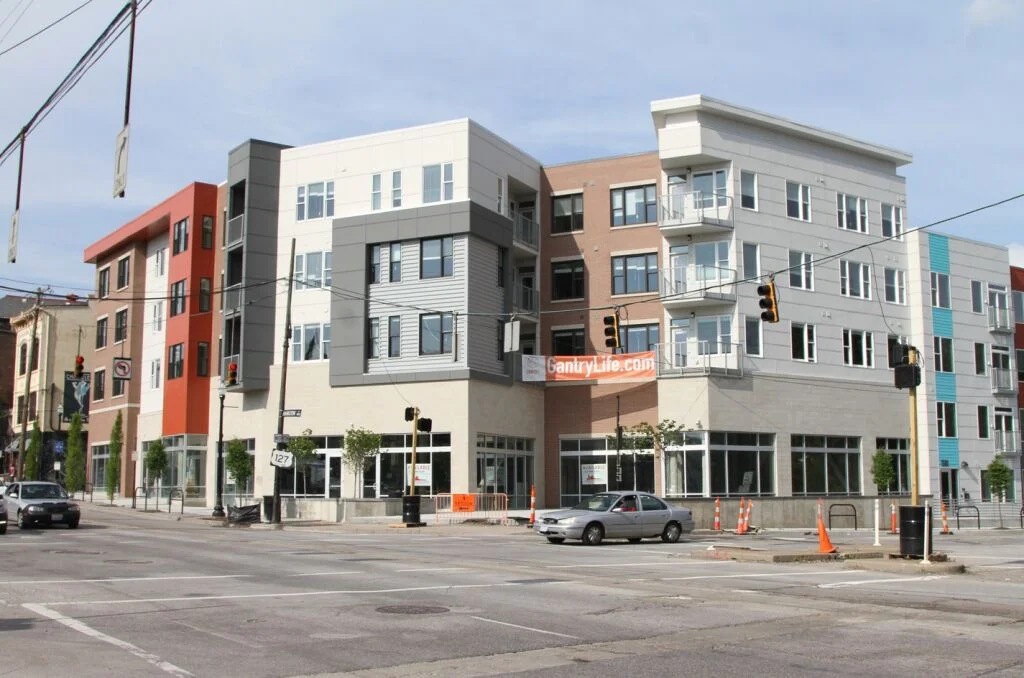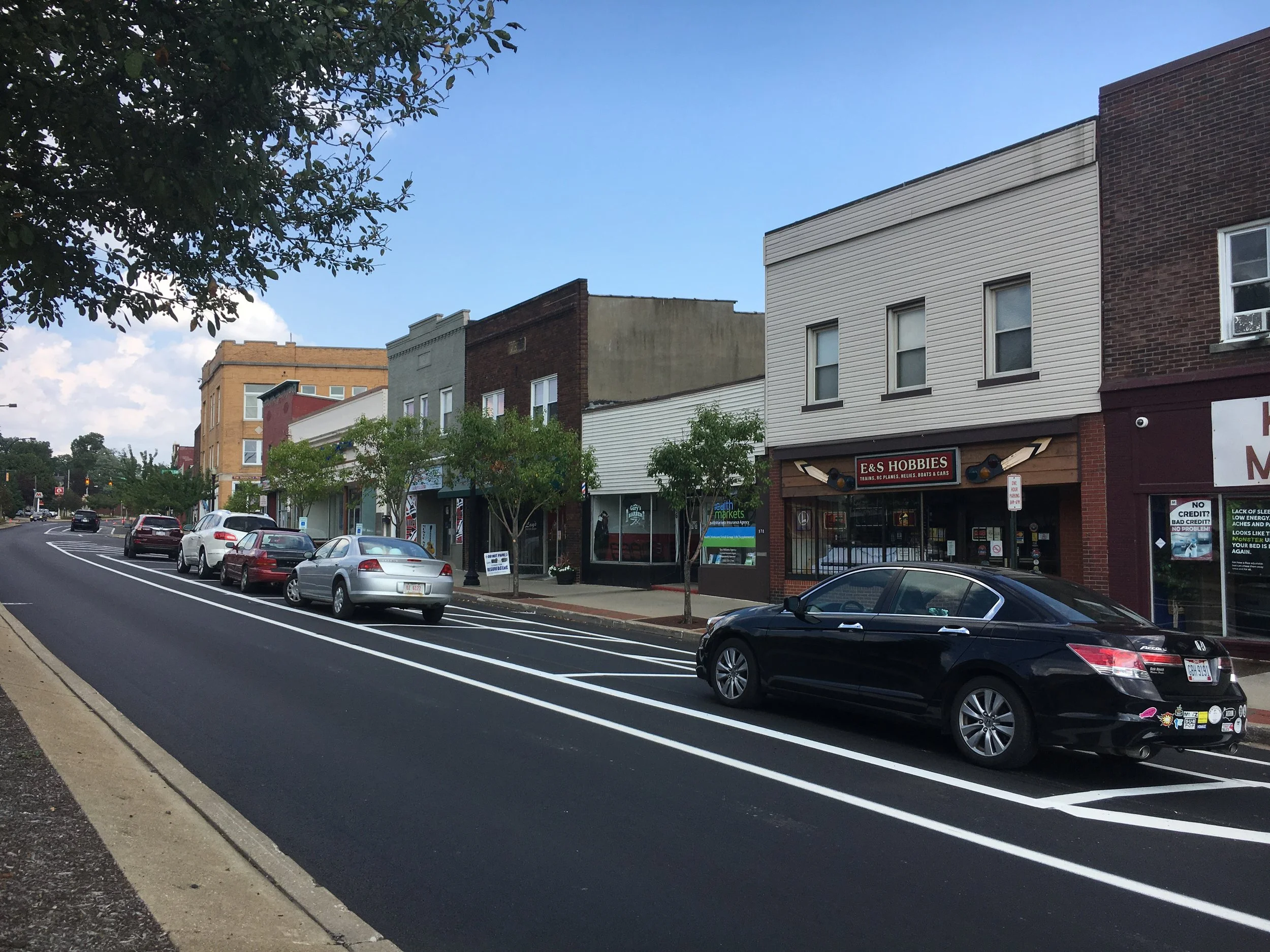Minneapolis just became the first major U.S. city to embrace a key Strong Towns principle: every neighborhood should be allowed to evolve to the next increment of development.
Read More"Developers in my city are only building luxury housing. They're not building anything that ordinary people can afford." If you’ve said this lately, or heard someone else say it, here are five possible reasons why.
Read MoreGentrification and concentrated poverty are two sides of the same coin. We’ve engineered our cities so that neighborhoods get either too much investment or too little: the trickle or the fire hose.
Read MoreIf Strong Towns is successful—really successful—you won't hear about it, because the vast majority of the change we produce won't be attributed to us at all. It will be embedded in the broader culture.
Read More“There’s no parking around there!” How to hit the streets and collect the data yourself, and figure out whether your neighborhood actually has a parking shortage—or, more likely, an excess.
Read MoreThere are a lot of worthy movements and organizations that want your time, energy, and money. Here are some things that set Strong Towns apart.
Read MoreTwo recent articles illuminate a troubling trend toward locking ride-share, bike-share and scooter users onto proprietary platforms, making it harder to plan trips that could really free us from car-dependence.
Read MoreMost cities’ zoning and development regulations obsess over things that are easy to measure, like building height and density, at the expense of the things that actually determine whether we’re building quality places.
Read MoreForget Barbie. What does the Millennial Dream House look like?
Read MoreLocal advocates who are at each others’ throats often have legitimate, but conflicting, aims. Talking about the trade-offs involved isn’t going to make us all start agreeing with each other. But it might make our disagreements more productive.
Read MoreWant to do the kind of value-per-acre analysis that you’ve seen on Strong Towns before, but don’t think of yourself as a data wizard? Here’s a step by step guide for beginners.
Read MoreWhen we obsess over the speed of travel—whether in our cars or on public transit—we’re missing the point of transportation. It’s not about how far you can get in a given time: it’s what you can get to.
Read MoreThe New York Times has released an interactive map of (nearly) every building in America. What can we learn from it about America’s suburban experiment, through the marks it has left on the landscape?
Read MoreA proposed bill in Washington State would require cities to allow a minimum housing density near transit stations. It is a well-intentioned response to a very real problem, but its one-size-fits-all nature risks unintended consequences.
Read MoreA nonprofit placemaking organization is bringing events, parks, public art and more to downtown Fort Smith, Arkansas, one playful experiment at a time.
Read MoreA pilot project in Denver aims to help low-income homeowners add accessory dwelling units to their property. If it succeeds, it will help people remain in their communities, build wealth, and deliver affordable homes to a new generation of neighbors.
Read MoreCollin County, Texas officials claim they need $12.6 billion for new roads in the next 30 years, and none of it for maintenance of what they’ve already built. That way lies madness.
Read MoreCan a master-planned community be consistent with Strong Towns principles of iterative, bottom-up placemaking? We take a tour of Serenbe, Georgia, an experiment in New Urbanism and eco-conscious living on the far outskirts of Atlanta.
Read MoreAkron, Ohio is tackling its stroad problem, one oversized boulevard at a time. “Right-sizing” this neighborhood main street will make it safer and more inviting and hospitable for small businesses.
Read MoreAustin’s CodeNEXT process, a dramatic overhaul of the city’s zoning code, tried to placate multiple constituencies with a “grand bargain.” The result was a draft code that satisified almost no one and failed to solve the city’s housing and growth challenges.
Read More



















